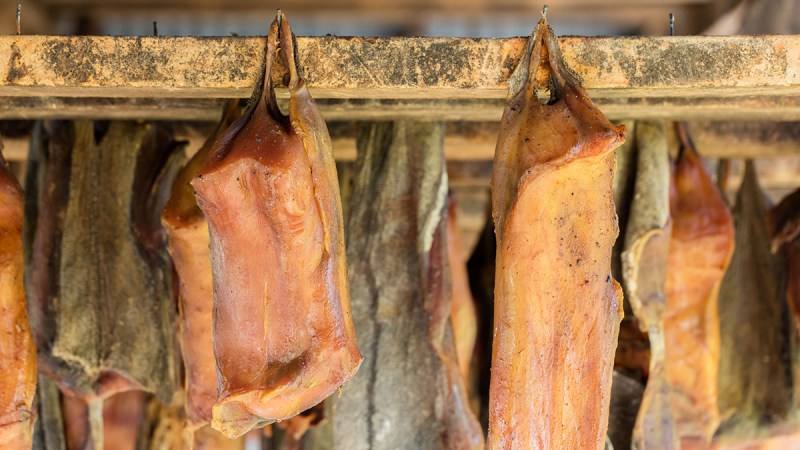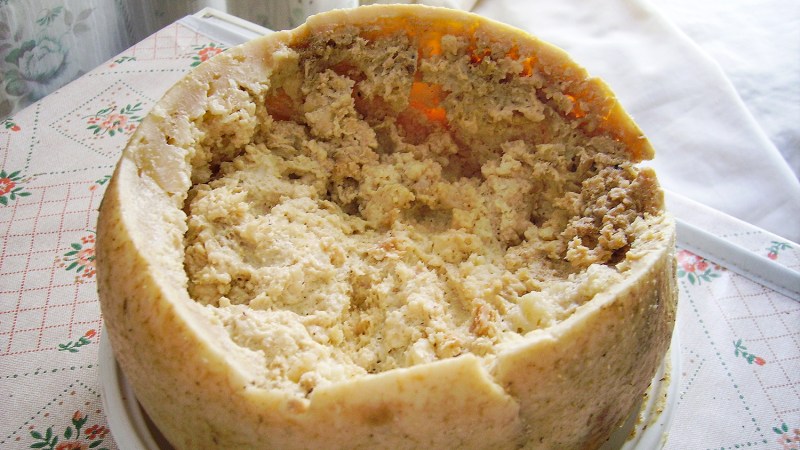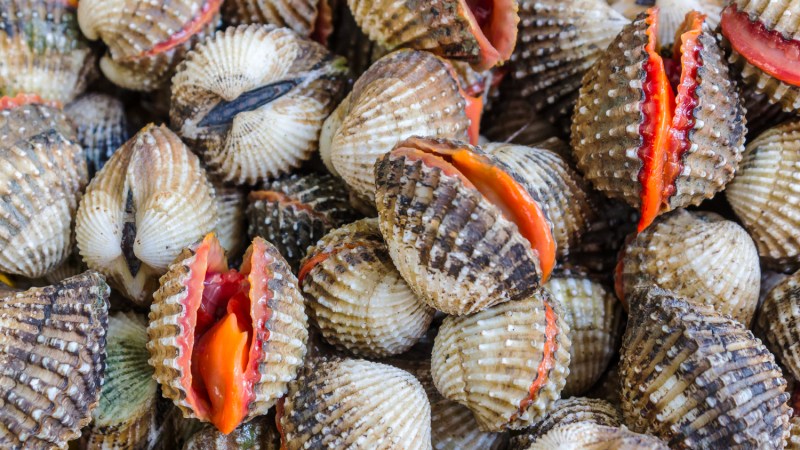Some travelers dream of trekking to the South Pole; some are content with going on an African safari; and still others will drive all day to ride record-setting roller coasters. Likewise, adventurous foodies are willing to travel to discover the biggest, best, priciest, or scariest dishes on the planet. Here are some of the world’s most dangerous foods and where to find them.
Warning: These aren’t for the faint of heart.
Hákarl (Iceland)

The Icelandic are a hearty people, which is no surprise given that they’ve had to subsist for millennia in Earth’s far northern reaches on a rugged island that resembles the surface of Mars. So, it seems fitting that their most traditional foods are anything but ordinary by Western standards. Hákarl (Icelandic for “fermented shark”) is among the country’s most bizarre specialties, and it’s every bit as delicious as its name implies. Preparing it is straightforward: catch and gut a basking shark, bury it in a hole outside, cover the carcass with earth, and ferment it for a few months. The remains are then chunked and hung to ferment for another few more months. Although the smell is ungodly, the taste is said to be surprisingly palatable.
The danger: If not allowed to ferment properly, hákarl can cause severe food poisoning.
Casu Marzu (Italy)

Most Westerners would consider food crawling with insects appetizing. But casu marzu — also known as “maggot cheese” — is considered fine dining by local Sardinians. Sheep’s milk cheese is allowed to sit to encourage the laying of eggs by cheese flies. These eggs hatch and the larvae feed on the cheese, which accelerates the fermentation process. The kicker is that the cheese is traditionally eaten along with the maggots. For obvious health reasons, casu marzu has been banned throughout much of the European Union.
The danger: Stories abound of the maggots’ ability to bore through diners’ intestinal tracts.
Blood Clams (China)

Scary name aside, blood clams have, according to The New York Times, “a deliciously crisp succulence, like geoduck, and a flavor that is not as briny as a littleneck or cherrystone clam.” They’ve long been popular throughout China and other Asian countries. Eaten raw, the clams can cause a variety of nasty ailments, from typhoid to dysentery to hepatitis. Thorough boiling is required before eating, but poor food preparation and/or lack of proper sanitation leads to illness and death every year.
The danger: More than 10 percent of diners who ingest the clams are afflicted with some combination of the above.
San-nakji (Korea)

These days, octopus and squid are hardly considered “bizarre” by Western standards (who among us doesn’t enjoy a plate of fried calamari?). But Koreans take the preparation to a whole new level. Their traditional san-nakji consists of live octopus sliced and diced and served immediately. Nerve endings in the tentacles remain active even after death, causing them to squirm for several minutes on the plate.
The danger: The writhing suckers reflexively try to clutch to anything they can. This most often includes the inside of the diner’s mouth and throat. Half a dozen people die every year from choking on the dish.



